Arabia, the Gulf, & the GCC Blog
The “Arabia, the Gulf, and the GCC” blog features insights and analysis from the National Council on U.S.-Arab Relations as well as information about the Council’s programs, projects, events, and activities. Founded in 1983, the National Council is a non-profit, non-governmental, educational organization dedicated to improving American awareness, knowledge, and understanding of the Arab region.
The Road to 2050: An Assessment of Arab Regional Possibilities and the Future of U.S. Cooperation
On August 9-10, 2023, the National Council on U.S.-Arab Relations will broadcast “The Road to 2050: An Assessment

Al-Ahsa: A Magical Oasis Rich in Natural and Cultural Heritage
Saudi Arabia is located on the Arabian Peninsula in southwest Asia. It shares land borders with Iraq, Jordan,

Among the Clouds in Taif: City of Roses
In 2019, the Kingdom of Saudi Arabia began issuing tourist visas. Through its Vision 2030 development plan it
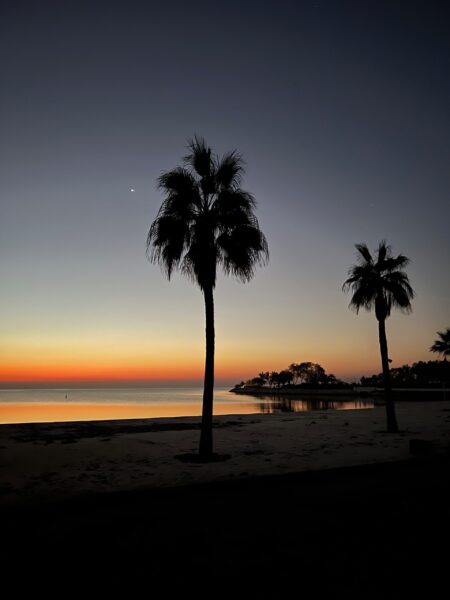
Celebrating Community in Asir: A Home for Shabana
عربی AR The music of my morning was the birds singing on the beach in Al Aziziya.

الإحتفاء بالحياة المجتمعية في عسير: منزل لشعبانة
English وقد كانت تطربني تغاريد العصافير في الصباح على شاطئ العزيزية. الأرض لديها موسيقاها لأولئك الذين يستمعون
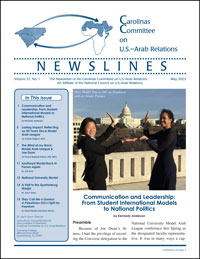
Carolinas Committee on U.S.-Arab Relations Spring 2023 “NEWSLINES”
The Carolinas Committee on U.S.-Arab Relations (CCUSAR), with Dr. Joe P. Dunn serving as Director, is an initiative of
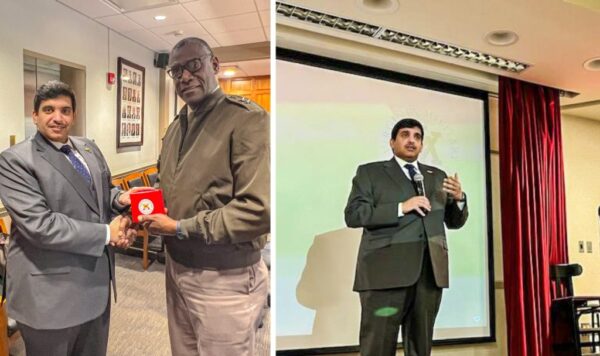
National Council on U.S.-Arab Relations Fellow Nawaf Al-Thani Visits the Virginia Military Institute
Last month, National Council Distinguished International Defense Affairs Fellow Sheikh Nawaf Al-Thani visited the Virginia Military Institute in

National Council on U.S.-Arab Relations Fellow Nawaf Al-Thani Visits West Point
In early February, National Council Distinguished International Defense Affairs Fellow Sheikh Nawaf Al-Thani visited the United States Military

Visiting AlUla, Madain Saleh/Hegra, Tabuk, and NEOM: Heritage, Modernity, and Hospitality
عربی AR An Exploration of the Northwest Region of Saudi Arabia Traveling in the Kingdom of Saudi Arabia

زيارة العُلا، مدائن صالح / الحِجر، تبوك، ونيوم: التراث والحداثة والضيافة
English استكشاف المنطقة الشمالية الغربية من المملكة العربية السعودية كانت تجربة السفر لما يقارب ثلاثة أشهر الى المملكة
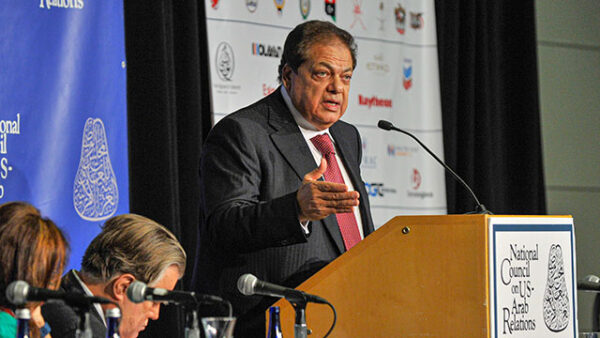
Egyptian Business and Parliamentary Leader Mohamed Abou El Enein Joins National Council on U.S.-Arab Relations International Advisory Board
Washington, D.C.: The National Council on U.S.-Arab Relations is pleased to announce that Egyptian business and parliamentary leader

Summer 2023 Washington, DC Internship Program
Washington, DC Summer Internship Program May 22 – July 28, 2023 The National Council on U.S.-Arab Relations’ 2023
